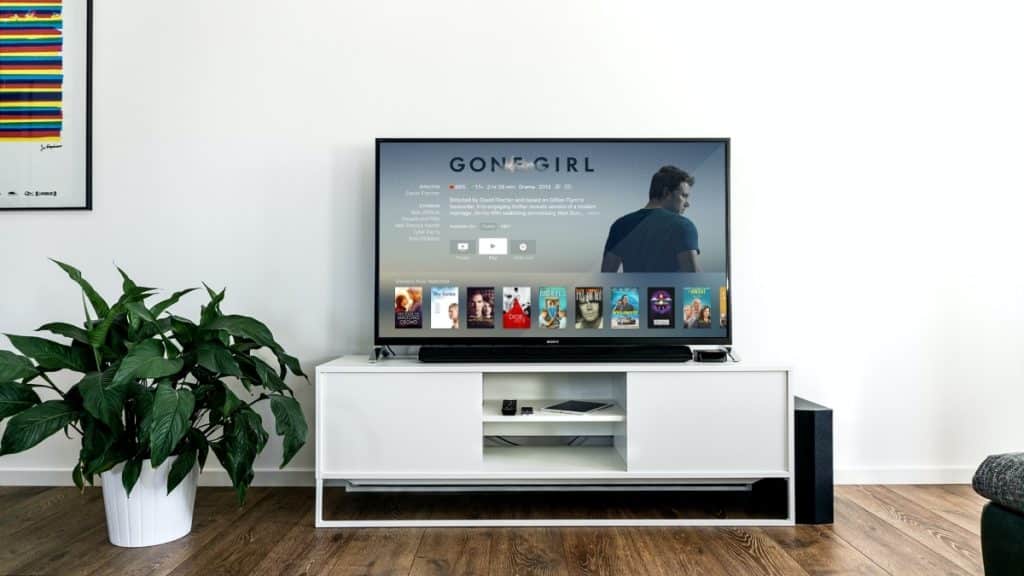Are IPTV solutions better than VOD? Will VOD replace IPTV? Even though IPTV and VOD share key commonalities of using the internet as a content delivery mechanism, they are different in the sense of cost, quality of service, ownership, business model, and so on.
In this article, we will have a detailed comparison of VOD and IPTV: what they are and how they work. Let’s get started.
What is VOD?
VOD, or Video-on-Demand, is a media distribution system where videos are made accessible online at all times for the convenience of the viewers. Anyone with a stable internet connection and access to the content can click play and watch the content on their demand.
In short, VOD indicates that anyone can access the content anywhere and anytime. Compared to the outdated way of using a physical player or DVD, media content can be delivered easily and quickly through the internet without any scheduling or constraint of timing.
What is IPTV?
IPTV, or Internet Protocol Television, is an Internet-enabled delivery of TV content that deviates from conventional delivery media like traditional formats: satellite and cable.
While it is commonly linked with subscription-based streaming content, it is also utilized to stream TV via internet protocol. IPTV services vary from Video-on-Demand (VOD) and live to stream television content.
Keep in mind that interactivity may differ and may range from active or non-existent user interaction.
The success of IPTV solutions depends on bandwidth and connection speed, which may differ across geographical regions.
What is the Difference Between VOD and IPTV?
Here are the major differences between VOD and IPTV that you need to know:
Quality
The quality of video in IPTV streaming is top-notch and has buffering time close to zero.
That’s because it runs on a privately managed delivery network. On the other hand, with VOD, the video quality is extremely limited by Internet speed.
Installation
When it comes to installation, IPTV does not need you to fix things. Rather, it only requires a set-top box and stable internet access—the same thing applies to Video-on-Demand service.
Convenience
VOD is provided by popular vendors such as Netflix and Amazon Prime that have a wide array of video catalogs for you to choose from and watch on-demand, as many times as you wish.
On top of that, you can pick from sports shows, TV series, news, and other movies anytime, anywhere, on any device that has a great Internet connection. Nonetheless, the latest releases of popular shows and breaking news are not readily accessible on VOD.
For instance, Amazon Prime and Netflix weren’t the go-to platforms for live Olympics coverage. People depended either on cable TV service providers.
Meanwhile, IPTV enables you to get updated shows on the release data or also available on demand.
Monetization models
If you are interested in joining the ranks of brands such as Netflix, Hulu, or Disney+, one of the things you need to do is to consider the streaming business model. With VOD, you will have various options.
These monetization options include Subscription Video on Demand (SVOD), Transactional Video on Demand (TVOD), and Advertising Video on Demand (AVOD).
On the other hand, the majority of IPTV services monetize with SVOD.
Accessibility
Users can download VOD apps and play their favorite TV shows across different devices anywhere, anytime, as long as they have an Internet connection. That involves playing your favorite TV programs on the go.
On the other hand, IPTV is restricted to devices within your home. That’s because the service runs in a closed network and needs a connection to its set-top box and router.
Final Thoughts
The bottom line is that the video streaming industry is a business opportunity worth pursuing. The demand for streaming services and IPTV solutions is on the rise and will continue to improve in the future.
People are likely to subscribe to multiple services at the same time. That means you can attract more views in the long term. Whether you pick VOD or IPTV, choosing a video streaming business model depends on your goals, budget, and circumstances.
Angela Spearman is a journalist at EzineMark who enjoys writing about the latest trending technology and business news.
